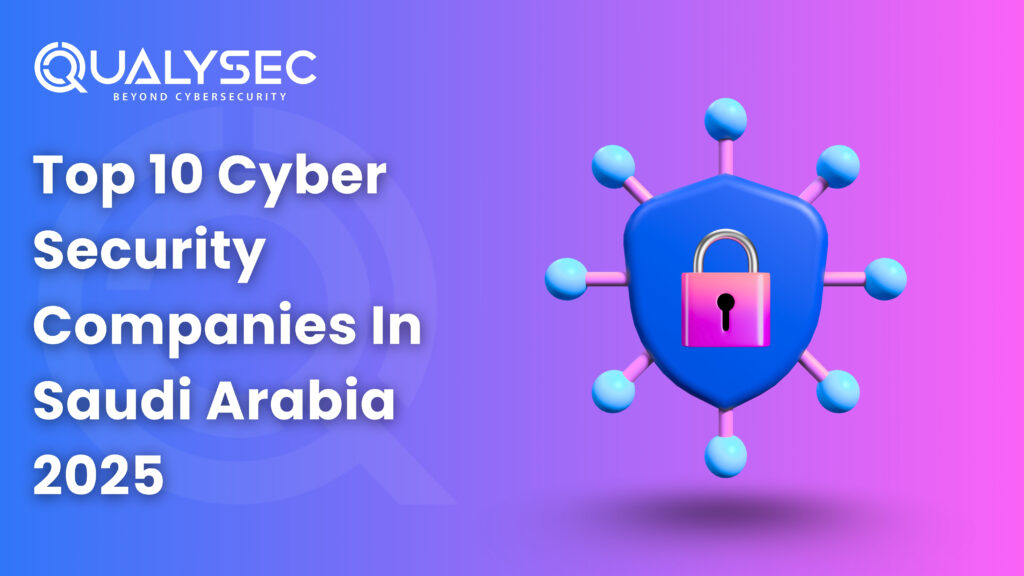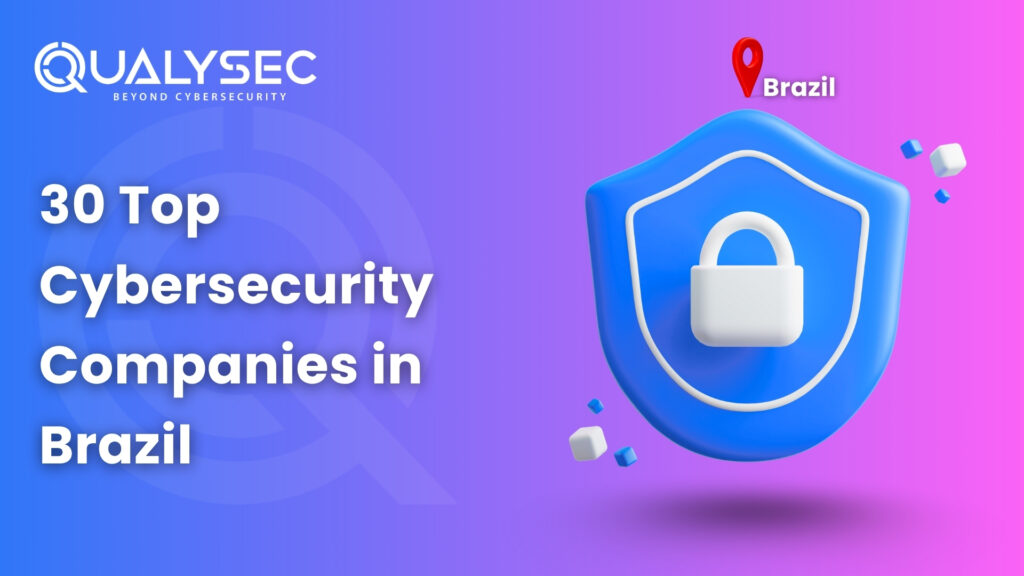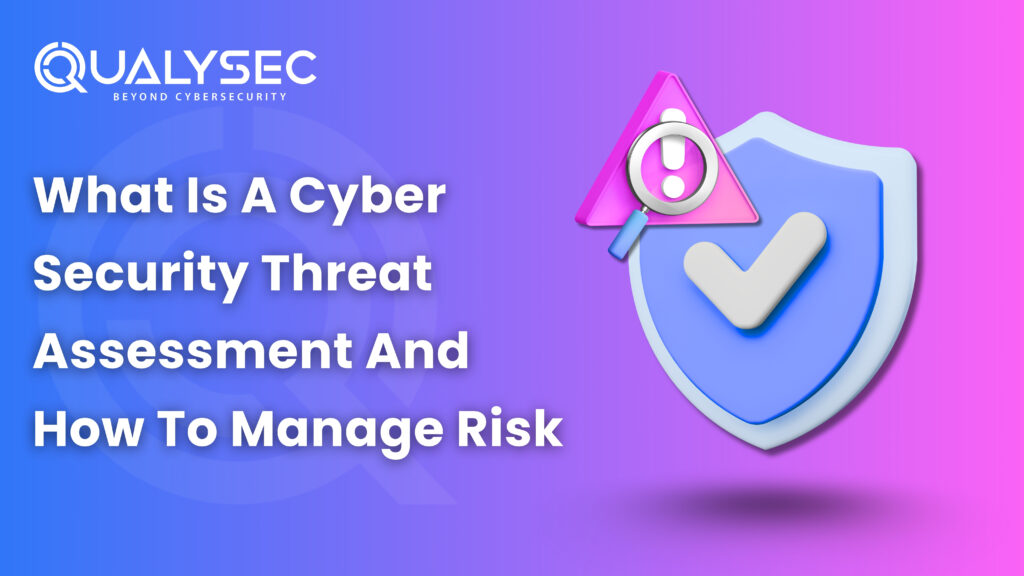Top 10 Cyber Security Companies In Saudi Arabia 2025
Cyber threats are evolving rapidly, and the need for effective cybersecurity is increasing – especially in Saudi Arabia. With increasing global tensions, the finance, oil and gas, healthcare, public services, and other sectors are refocusing on ensuring they protect their digital footprints. As a result of this, cybersecurity is one of the more critical issues in the country today. This blog will lift the lid on the cyber security companies in Saudi Arabia, considerations for making a decision about a cybersecurity provider, and a number of reputable companies that provide cybersecurity services. Best 10 Cyber security Companies in Saudi Arabia 2025 (Insights from Experts) Saudi Arabia has quickly become a hub for cybersecurity, as many leading companies commit to protecting businesses and data. In 2025, these cybersecurity service providers in Saudi Arabia will offer robust solutions to address cyber threats. If you are interested in identifying the individuals who are impacting the cybersecurity of Saudi Arabia, this list highlights the most highly regarded players in the industry. Whether you are an entrepreneur or merely interested in technology, you want to know these companies. 1. Qualysec Qualysec is a highly recognized name in the cybersecurity companies. The company provides a full service of cybersecurity-related services either Red Teaming, Vulnerability Assessments, or Security Consulting. Qualysec has been relied upon across multiple industries to identify risks sooner rather than later and provide businesses with tailored wrap-around security services. Qualysec remains abreast of global cyber security trends, understands local Saudi regulations, and has assisted multiple clients remain secure and compliant. With a proactive approach like penetration testing to simply identifying threats and incident response. Many companies across Saudi Arabia have trusted Qualysec as their hands-on cybersecurity partner, and so should you. Download our Sample Penetration Testing Report to understand how vulnerabilities are reported and mitigated. Latest Penetration Testing Report Download 2. SAT Microsystems SAT Microsystems has been a player in the cybersecurity vendor list since 2005. Their suite of services includes everything from network security to endpoint protection and even regulatory compliance. Their clients come from all parts of government and private industry. SAT Microsystems’ recognition often stems from their response times and experience with helping organizations meet local compliance requirements while managing risk. When it comes to the cybersecurity industry’s trusted and knowledgeable providers, SAT Microsystems is worth a serious look. 3. ITButler e-Services Founded in 2011, ITButler e-Services focuses on making IT cloud environments safe for businesses or organizations. ITButler’s main services are compliance consulting, managed security, and risk assessment. While ITButler serves small to midsize companies, which is their niche, they also help large businesses as well. What ITButler does best is flexibility in service and affordability. They are a good fit for businesses that need personalization or cost-effective cybersecurity services. 4. StrongBox IT StrongBox IT is a global cybersecurity service provider with strong roots in Saudi Arabia. Since 2014, they have added advanced cyber solutions to their service offerings like penetration testing, red teaming, DevSecOps, and IoT security. They are also ISO 27001 certified meaning, they have adopted secure practices and standards that guide their operations. They have served clients in technology, finance and healthcare. StrongBox IT is the preferred cyber security consultant for complex engagements requiring deep technical capabilities or strict regulatory compliance. StrongBox IT is an excellent place to engage as an organization that is in need of seasoned cybersecurity practitioner support. 5. Haboob Haboob is a Saudi cybersecurity provider delivering services and training programs. Founded in 2015, they work with organisations to enhance their real-time threat detection, cybersecurity posture, and end-user awareness. Several organisations use Haboob for workshops, skills training, and educating their frontline employees in addition to their core security services. Several organisations have selected Haboob because they want to create an internal level of cybersecurity culture, and they have partnered with them to achieve this. Hoboob is unique in the Saudi market in that it functions as a service and as a training partner. 6. Security Matterz Founded in 2007, Security Matterz is a combination of governance, risk management and enterprise cybersecurity solutions. They’ve worked with many of the largest government and financial organisations in Saudi Arabia, offering gap assessments, security assessments, and policy development, among other solutions. Clients appreciate their thorough understanding of regulatory standards, such as those set by SAMA and NCA, for example. If your company has a challenging IT environment and needs strategic direction, Security Matterz could deliver that. 7. CyberStone CyberStone is recognised for its full-stack cyber security firms in Saudi Arabia, which encompasses Managed Security Services, Threat Intelligence, and Incident Response, all integrated into a single model. You receive 24/7 monitoring, which aids in your response to threats, and CyberStone has experts in malware analysis and breach recovery. CyberStone collaborates with companies of all sizes, ranging from startups to large enterprises. If you want a cybersecurity-managed partner that is always looking out, CyberStone is it. 8. AFNAM Information Technology AFNAM has over ten years of experience in IT infrastructure and cybersecurity. They focus on network secure design, vulnerability scans, and compliance management. Their strength lies in their combination of IT experience and advanced cybersecurity practices. AFNAM collaborates with various industries, including telecommunications, energy, and government administration. This computer security companies are a premier option for companies that want security embedded into their technology infrastructure from the get-go. 9. Quaid Ventures Quaid Ventures offers digital security consulting, audit assistance, and strategic implementation services. They work with organisations preparing for audits and undergoing major certification changes. This cyber security company work with clients on mapping defined long-term cybersecurity strategies and aligning their objectives with the organisational goals. They are excellent options for organisations that desire support and value a strategic plan in addition to protection from cyber incidents. Quaid Ventures is suitable for organisations seeking a strategic and proactive approach to their cybersecurity. 10. LoopTech LoopTech is a technology-focused cybersecurity company in Saudi Arabia focused






